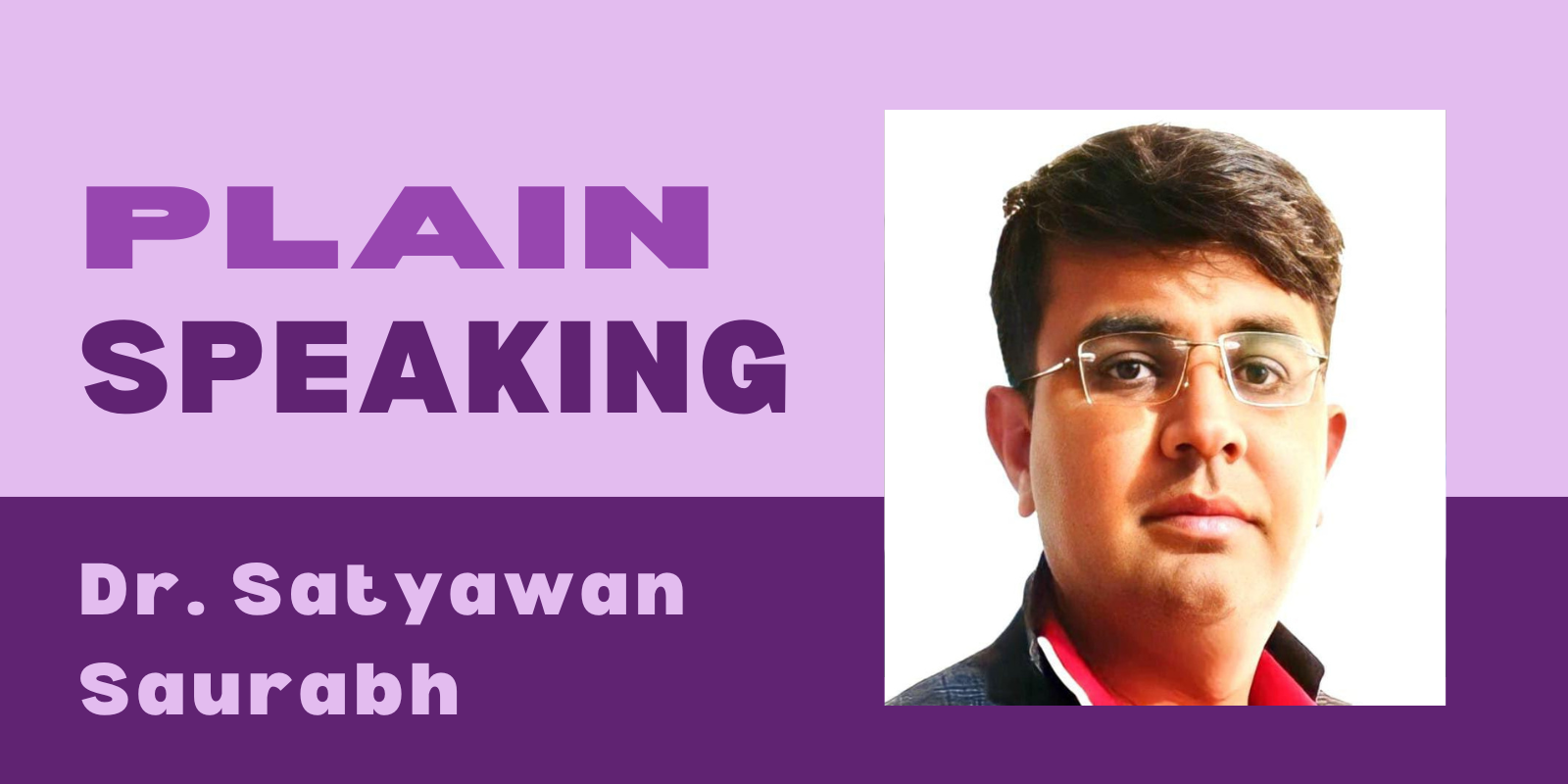“From administration to popularity: The digital journey of IAS officers”
“IAS officers: Social media stars or true servants?”
The growing trend of IAS officers on social media is becoming a new challenge. They are sharing policy-related information and inspirational stories on Instagram, YouTube, and Twitter, which can increase awareness. But is this digital stardom compromising their actual administrative responsibilities? Transparency and impartiality can be affected in the race to build a personal image. In such a situation, a balance is necessary, where officers give priority to serving the public while being active in the digital world.
Civil services in India have always been a symbol of respect and prestige. The responsibility of an IAS officer is not only to implement policies but also to understand the problems of the public and solve them. But in recent years, a new trend has been seen—the growing attraction of IAS officers towards social media. Some officers are constantly active on platforms like Instagram, YouTube, and Twitter, sharing aspects of their lives, creating vlogs, and trying to inspire through their administrative experiences. But the question arises whether this digital activism is becoming a distraction from their core duties or is it a new kind of public service?
The growing influence of social media
With the advent of the era of social media, every sector has registered its presence there, so how could bureaucracy remain behind? IAS officers have also become a part of this digital world. They share their experiences, government schemes, and inspirational stories, which increases the trust of the general public in the administration. For example, whether it is the famous IAS officer of Bihar, Tina Dabi, or Shah Faisal of Kashmir, these officers have inspired millions of youth with their online presence.
A new medium for public awareness
IAS officers active on social media not only inform their followers about government schemes but also spread awareness on social issues. They share important information during disasters and establish direct communication with the public. This is completely different from the old pattern of traditional bureaucracy, where officers were confined only to papers orgovernment meetings.
Popularity and Challenge
But the question is, does this digital activism mean that these officers are deviating from their real duties? Is this game of image-building on social media compromising their administrative responsibilities? It has been seen many times that some officers become so busy on social media that their core responsibilities start getting affected. For example, the time of the DM of a district should mostly be spent on regional problems and development work, not on making Instagram reels.

Stardom of officers
Some officers get so involved in increasing the number of their social media followers that they acquire celebrity-like identities. This not only affects their personal lives but also raises questions about the transparency of their decisions. Is it possible for an officer to strike a balance between serving the public and competing for popularity?
The question of impact and transparency
In addition, it is also worth noting that when officials share their personal views on social media, it can also raise questions about their impartiality. It can be difficult to maintain a balance between their accountability and impartiality towards the public. On the one hand, they are communicating directly to the public, while on the other hand, they are also engaged in creating an image, which may often be different from reality.
Privacy and security issues
Being more active on social media can also put the privacy and security of officers at risk. The way they share information about their daily routine, location, and personal life can be dangerous from a security point of view. Also, there is a risk of cybercrimes and trolling.
Responsibility for sensitive issues
Apart from this, officers should also be careful about what information they are sharing. Sometimes their statement or opinion can give rise to political controversies. This can raise questions not only about their image but also about the impartiality of the entire administrative structure.
Expectations of the common man
When the public praises an officer after seeing him on a digital platform, their expectations also increase. They start believing that an officer who is so active online will be equally dedicated on the ground. But is this always true? Can digital stardom be effective in real administrative work as well?
IAS officers being active on social media can be a positive step, provided they do not put it above their duties. Their presence in the digital world can inspire society, raise awareness, and become a guide for the youth. But it is also true that sometimes it becomes a game of chasing popularity, which can affect their administrative work. For example, Tina Dabi from Bihar, who inspired millions of youth to join the civil service through her social media posts, or Shah Faisal, who remained active on social media and openly expressed his views on Kashmir issues. But on the other hand, excessive digital activism also raises questions about their transparency, impartiality, and security. In such a situation, the officer must maintain a balance between digital stardom and administrative responsibilities so that they can prove to be not only a good leader but also a responsible officer. After all, their biggest service is to solve the problems of the public, not just to garner likes and followers.
IAS officers being active on social media can be a positive move, provided they do not put it above their duties. Their presence in the digital world can inspire society and raise awareness, but it is imperative to maintain a balance. After all, an officer’s biggest duty is to serve his public, not just digital stardom.






